AANS 2022 Annual Scientific Meeting

Members of the Brigham’s Department of Neurosurgery join other neurosurgical experts at this year’s AANS Annual Scientific Meeting held April 29 – May 2, 2022, in Philadelphia, PA.
Read More...Latest Clinical & Research News
Specialty: Neurology & Neurosurgery

Members of the Brigham’s Department of Neurosurgery join other neurosurgical experts at this year’s AANS Annual Scientific Meeting held April 29 – May 2, 2022, in Philadelphia, PA.
Read More...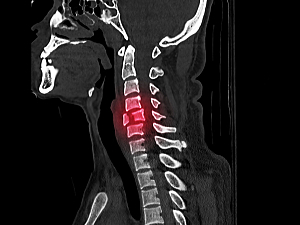
No standardized risk tool is available for predicting the risk of sepsis in patients who undergo vertebral fracture repair for traumatic spinal injury. To address this knowledge gap, Hasan A. Zaidi, MD, and colleagues explored clinical correlates of sepsis in a large nationwide U.S. cohort.
Read More...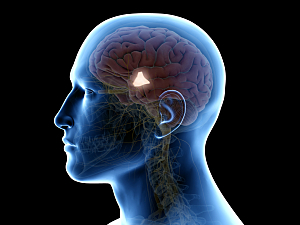
Brianne A. Kent, PhD, Steven W. Lockley, PhD, and colleagues hypothesize that peripheral clocks exist in humans. They report that the circadian rhythms of certain peripheral metabolic markers—lipids and liver proteins—differ from that of melatonin, a principal marker of central pacemaker activity.
Read More...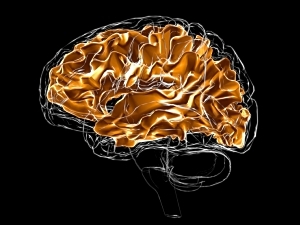
Ofer Pasternak, PhD, and Johanna Seitz-Holland, MD, PhD, of the Department of Psychiatry at Brigham and Women’s Hospital, and colleagues conducted the first study to compare white matter in 22q-del and 22q-dup, and report finding opposing abnormalities that might indicate distinct pathologies.
Read More...
Humsa Venkatesh, PhD, a cancer biologist, is studying the neural regulation of cancer and how nervous system cells found within the tumor microenvironment drive tumor growth. Her research has implications for primary brain tumors such as gliomas and for tumors that metastasize to the brain from other parts of the body.
Read More...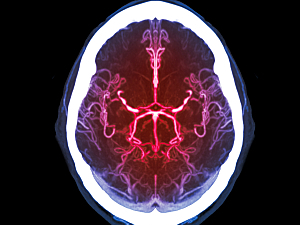
Mahmoud Dibas, MD, and Adam A. Dmytriw, MD, MPH, MSc, at Brigham and Women’s Hospital, and colleagues used data from a large multicenter study to compare transradial access with transfemoral access for WEB embolization. They report the two approaches were associated with comparable radiologic and clinical outcomes.
Read More...
C. Eduardo Corrales, MD, Ryan A. Bartholomew, MD, and colleagues detected a 21% prevalence of radiologic cranial nerves abnormalities in patients with hereditary neuropathies who underwent MRI. They caution physicians not to assume these findings represent pathologies requiring intervention by an otolaryngologist.
Read More...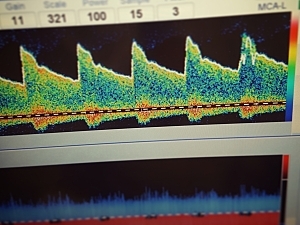
Samuel B. Snider, MD, Ibrahim Migdady, MBBS, Rose Du, MD, PhD, of Brigham and Women’s Hospital, and colleagues found the severity of transcranial doppler screening-measured vasospasm predicts radiological delayed cerebral ischemia in a vessel-specific manner.
Read More...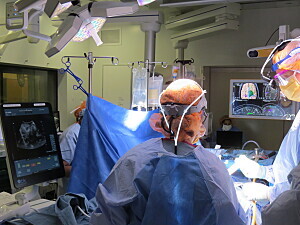
Intraoperative magnetic resonance imaging is an extremely useful tool in guiding surgical brain tumor resection but also has significant drawbacks. The Brigham’s Department of Neurosurgery is turning to an older alternative: ultrasound. Alexandra J. Golby, MD, director of image-guided neurosurgery, explains.
Read More...
Researchers at Brigham and Women’s Hospital have developed a novel brain mapping method that suggests lesions, TMS and DBS converge on a common brain circuit for depression—which may represent a better target for therapeutic neurostimulation. The approach seems to be generalizable to other neuropsychiatric diseases.
Read More...